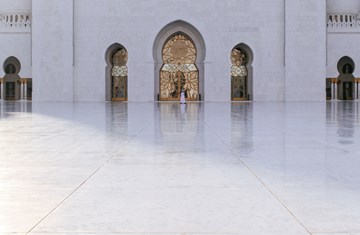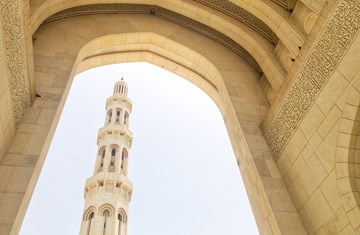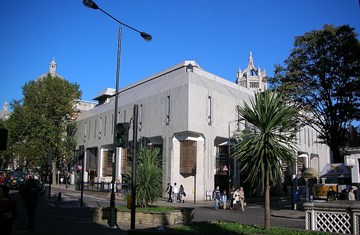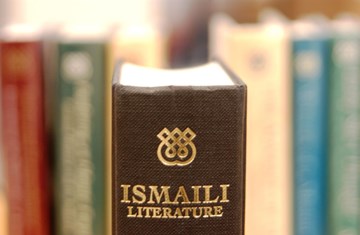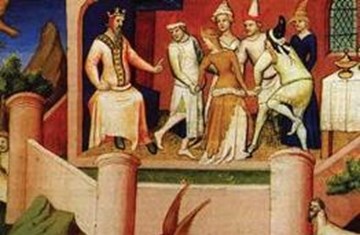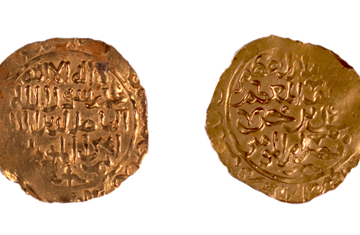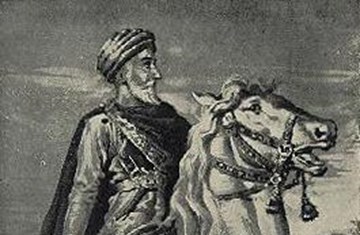Rumi and the Symbols used by him
German philosopher and theologist, Rudolph Otto, draws an allusion between God and a mighty mountain, the summit of which is invisible in eternal darkness. According to him, a very small part of this mountain is visible, and this appears as a promontory of good hope.
We see this minute promontory, through the haze and the smoke of this world and consider it as the final.Whenever we observe a Providential manifestation, we endeavour to commit it to memory by words or allegories. However, every word we find or every symbol we use to commit the manifestation is in one sense untrue. Therefore, and in accordance with all religions, the proper description of the Divine Secret is silence.
It is not possible to describe the secret of the Divine Being which is entirely different from all creation. The human being who discovers this secret and the final truth must not reveal it.
As Jalaluddin Rumi asserted and reasserted, it is impossible to get near the sun. The light and fire of the sun will destroy instantly anyone who attempts to observe it without the veil. For these two reasons, the mystics who experience this observation in ecstasy use symbols for its description.
They do this either to show an image of the final truth or to veil the merciless fire of this truth with a coloured curtain. The works of Jalaluddin Rumi are, therefore, saturated with such symbols. There is no other mystic poet either in the East or in the West to equal Rumi in the usage of such rich and resplendent symbols.
Author
Professor Annemarie Schimmel
Professor Annemarie Schimmel (1922-2003) was a leading German Islamicist who published more than 50 books on Islamic literature, mysticism and culture and translated Persian, Urdu, Arabic, Sindhi and Turkish poetry and literature into English and German. She was Professor (Emeritus) of Indo/Muslim Culture at Harvard University and Honorary Professor at the University of Bonn.

